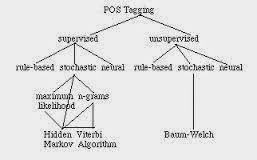X Factor Indonesia

X Factor Indonesia The X Factor Indonesia is an Indonesian reality television music competition to find new singing talent; the winner of which receives a 1 billion rupiah including a recording contract with Sony Music Indonesia. Premiered on December 28, 2012 on RCTI, it is the 2nd franchise to be adapted in Southeast Asia after the Philippines. As part of the British The X Factor franchise, the show's format has numerous differences from rivals such as Indonesian Idol. The competition is open to both solo artists and groups and has no upper age limit. Each judge is assigned one of four categoriesâ€"boys between 15 and 25, girls between 15 and 25, individuals 26 and over, or groups. Throughout the live shows the judges act as mentors to their category, helping to decide song choices, styling and staging, while judging contestants from the other categories; they also compete to ensure that their act wins the competition, thus making them the winning judge. The original judg...



